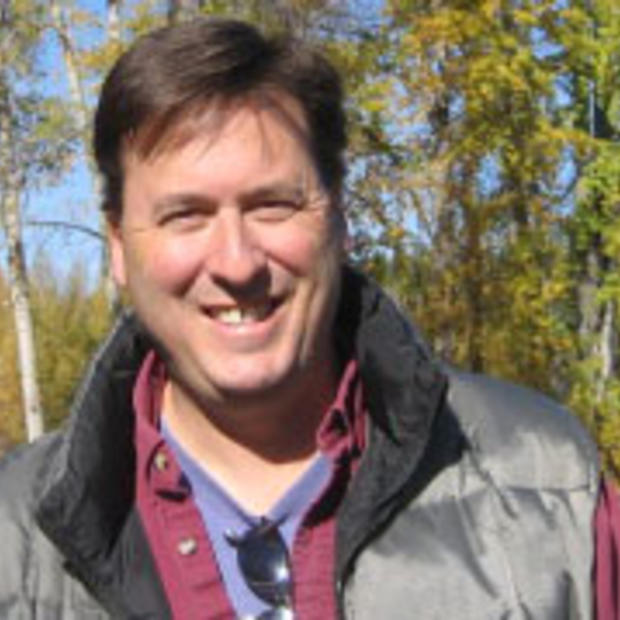Twenty-seven years ago, Seattle embarked on its so-called “neighborhood movement.” Seattle’s mayor recently convened a Neighborhood Summit to, among other things, assess where we are, and give neighborhood activists a chance to come together and discuss neighborhood issues.
The reality of the event was that it was a reunion of sorts, with many of the original activists in attendance. In fact, former City Councilmember Jim Street, the author of the ordinance that created the Neighborhood District Council system, was the keynote speaker.
Nearly three decades since its inception, and with the advent of district elections for Seattle City Council, it is reasonable to ask: Do we need a city sponsored neighborhood district council system anymore? This is the question that was probably on everyone’s minds but not spoken.
Most voters don’t even know that we have a city sponsored neighborhood district council system that makes decisions on things like neighborhood matching fund grants and provides recommendations on land use and budget issues. City officials view the district councils as representing neighborhoods while at the same time viewing their decisions with a somewhat jaundiced eye, given the lack of true representation inherent in the system. This is unfair to the people doing the volunteer work on the 13 district councils, which are composed of representatives from nonprofit organizations, business districts and the smaller, local community councils from the dozens of neighborhoods around Seattle. The system itself seems to foment distrust and anger between city staff and elected officials, on one side, and the activists who give up many nights to study issues and reach out to neighbors.
So, will the election of seven of the nine Seattle City Council members by district help to solve any of this? Yes, the new system can. The city will have elected council members who are closer to the neighborhoods, better known to residents and, therefore, more representative. Community councils, which are not formally recognized in statute by the city, will grow in influence as City Council candidates spend more time with them. Neighborhood business chambers will also see their influence increase. In other words, the whole purpose of the longstanding neighborhood district council system can be met in a much more open and organic way.
But to focus the neighborhood movement solely on the creation of the district council system enacted 27 years ago is unfair. The idea of the movement is to help neighbors get involved and then for the whole city to benefit from their energy, expertise and creativity.
Neighborhood outreach and engagement should not be a box to be checked but rather a standard operating procedure for every department of the city. The role of the Department of Neighborhoods was always to try and push this idea into the departments.
During Mayor Paul Schell's administration, other departments, like the Seattle Department of Transportation and Department of Planning and Development, would share employees with Neighborhoods to develop neighbor driven projects through the Neighborhood Match Fund program. Lots of great projects were developed through these partnerships, from parks to traffic-calming and safety measures. The benefits of neighbor-driven projects are many: neighborhood ownership of a park that was once in disrepair but now cared for; cost savings for the city due to neighbor labor as part of a matching fund; and empowering generations of Seattleites to think of their government in positive terms.C
All of this is part of the movement started nearly three decades ago. The next step in the evolution will be the City Council elections next year.
Even with most of the City Council elected by district, I have no doubt that the Neighborhood District Councils, and the people who give so freely of their time, will continue to participate as they do now, even if their organizations don't continue to be formally sanctioned by city government. Some may even want to run for City Council and be truly representative of their neighbors. In these and other ways, the new system is a good opportunity to take stock of the movement and make changes to continuously improve and build upon a successful 27 years.



